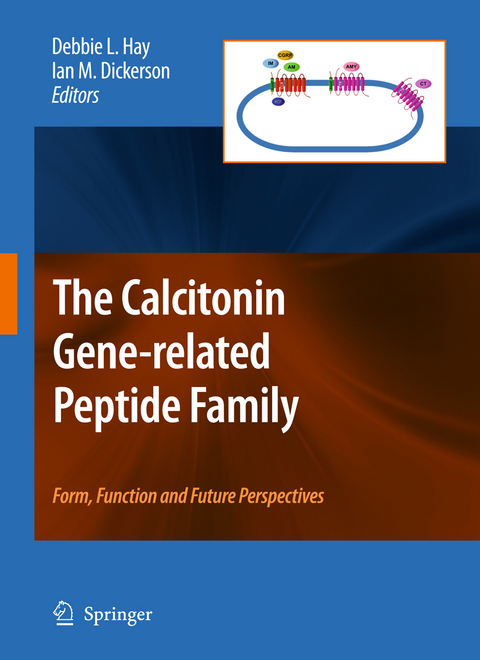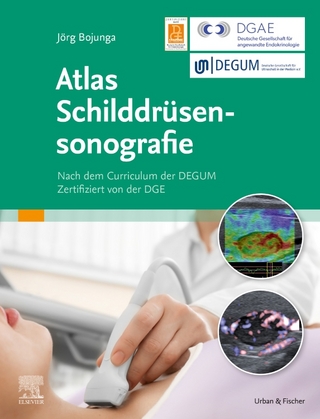
The calcitonin gene-related peptide family
Springer (Verlag)
978-94-007-9180-0 (ISBN)
Molecular and Functional Evolution of the Adrenomedullin Family in Vertebrates: What Do Fish Studies Tell Us?.- Ligand Binding and Activation of the CGRP Receptor.- Understanding Amylin Receptors.- The CGRP-Receptor Component Protein: A Regulator for CLR Signaling.- The Calcitonin Peptide Family: What Can We Learn from Receptor Knock Out and Transgenic Mice.- Gene Targeted Mouse Models of Adrenomedullin Signaling.- Genetic Regulation of CGRP and Its Actions.- Vascular Actions of CGRP and Adrenomedullin: Mechanisms and Potential Contribution to Inflammation in the Cutaneous Microvasculature.- Insights into the Function of Intermedin/Adrenomedullin 2.- CGRP and Adrenomedullin as Pain-Related Peptides.- Amylinergic Control of Ingestive Behaviour.- CGRP Receptor Antagonists for Migraine: Challenges and Promises.- Calcitonin Receptor Expression in Embryonic, Foetal and Adult Tissues: Developmental and Pathophysiological Implications.- Conclusions and Future Perspectives.
| Erscheint lt. Verlag | 2.11.2014 |
|---|---|
| Zusatzinfo | VIII, 236 p. |
| Verlagsort | Dordrecht |
| Sprache | englisch |
| Maße | 155 x 235 mm |
| Themenwelt | Medizinische Fachgebiete ► Innere Medizin ► Endokrinologie |
| Medizin / Pharmazie ► Medizinische Fachgebiete ► Onkologie | |
| Studium ► 1. Studienabschnitt (Vorklinik) ► Biochemie / Molekularbiologie | |
| Studium ► 2. Studienabschnitt (Klinik) ► Humangenetik | |
| Naturwissenschaften ► Biologie ► Genetik / Molekularbiologie | |
| ISBN-10 | 94-007-9180-1 / 9400791801 |
| ISBN-13 | 978-94-007-9180-0 / 9789400791800 |
| Zustand | Neuware |
| Haben Sie eine Frage zum Produkt? |
aus dem Bereich


